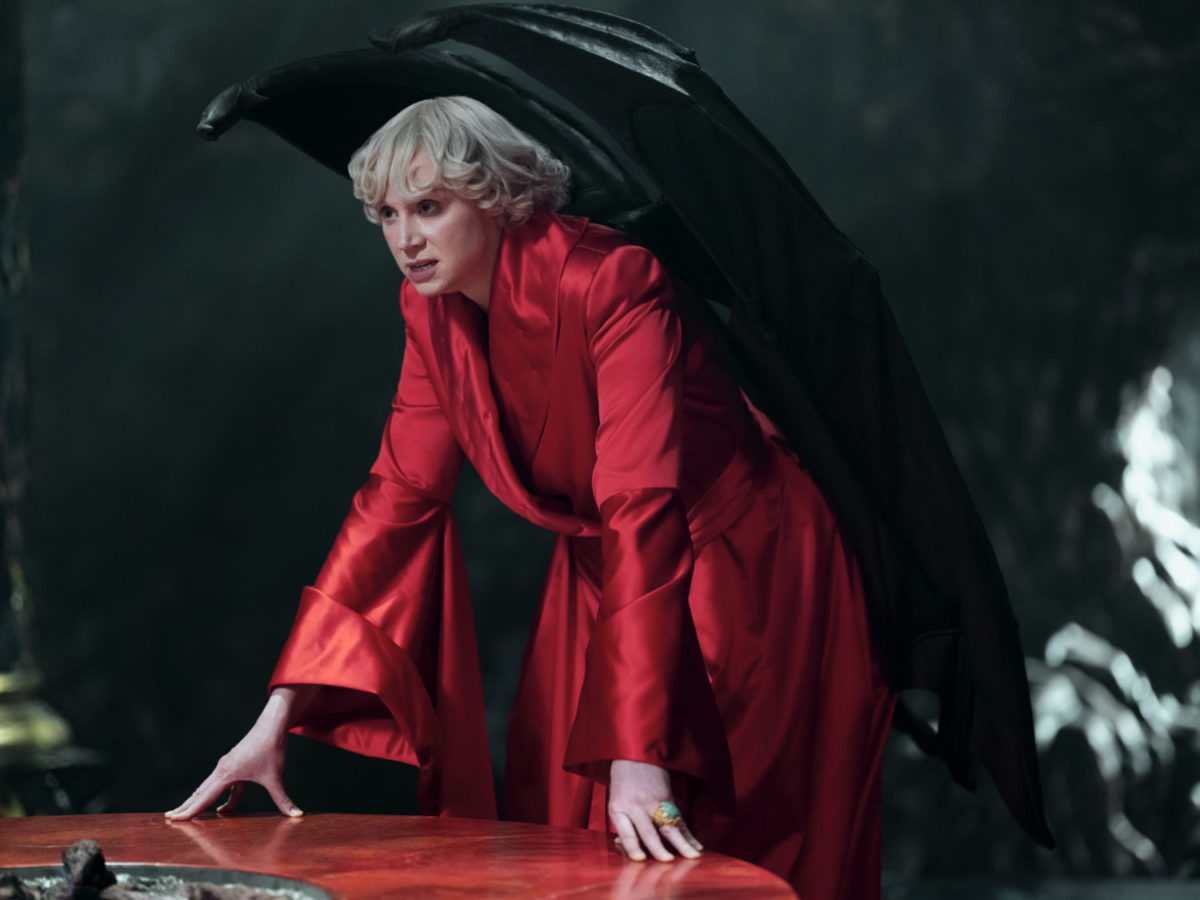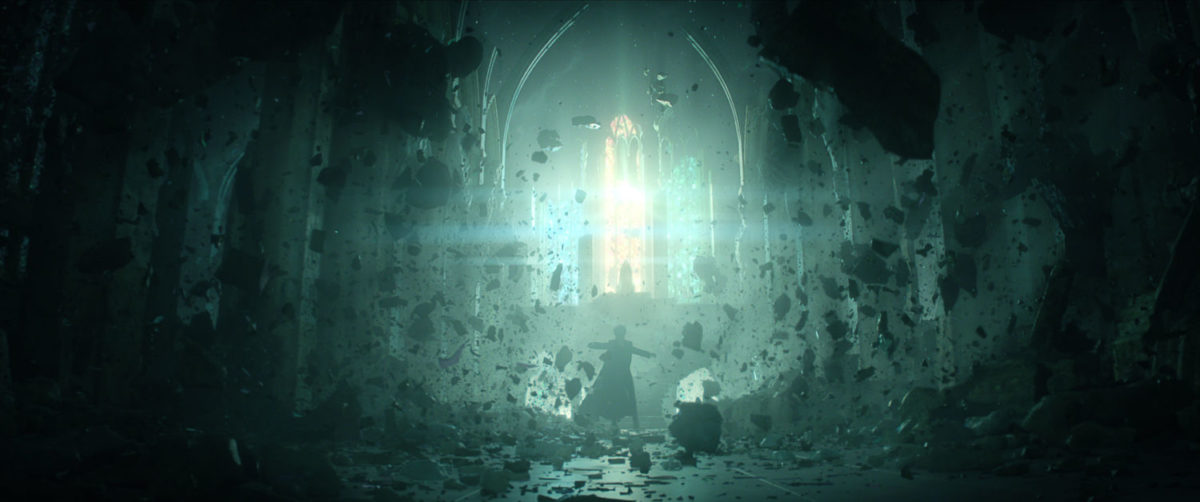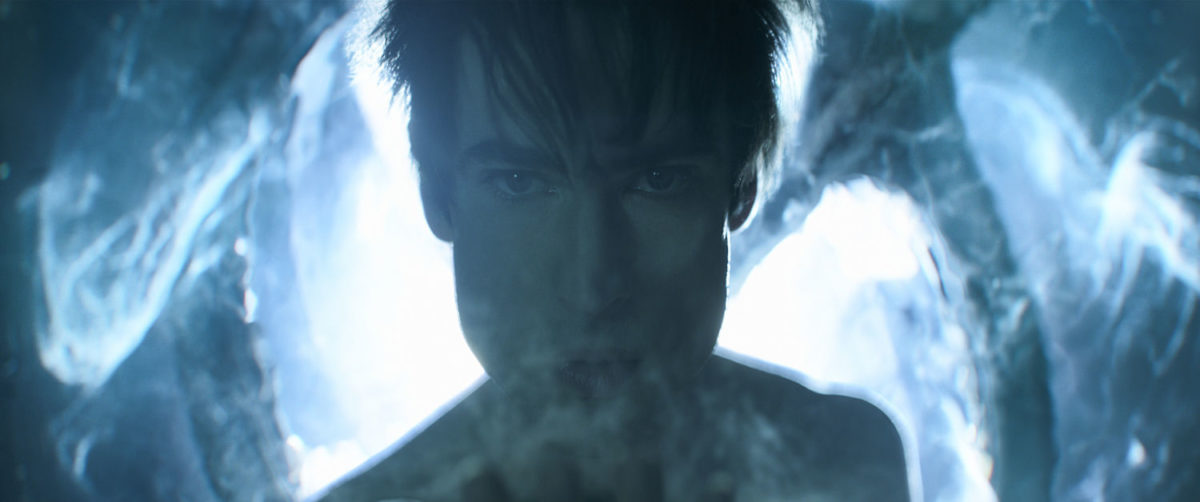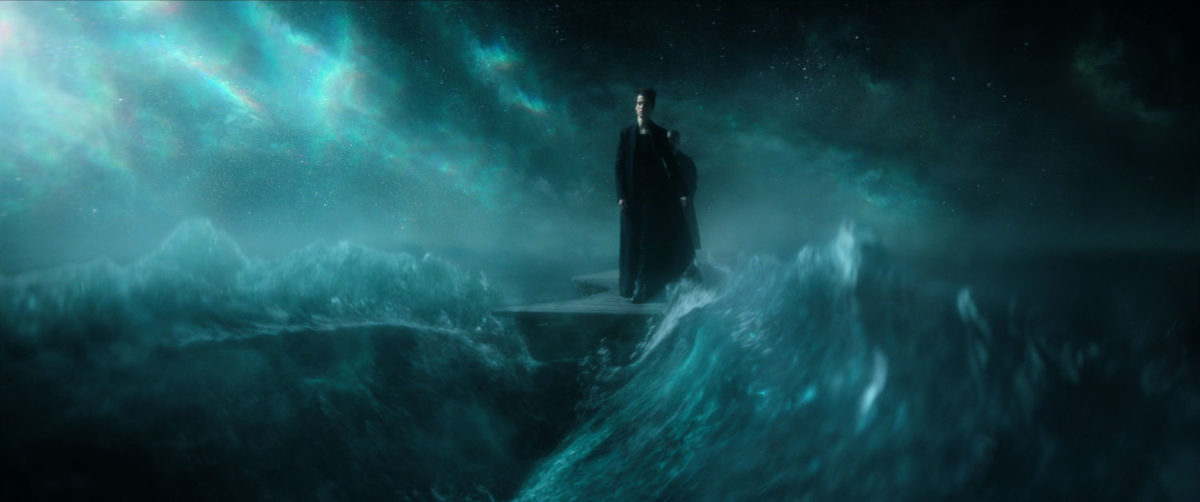- Shares
- 116
When it comes to page-to-reel adaptations, Netflix and comic book auteur Neil Gaiman have separately had a spotty track record. For Netflix, Locke & Key proved decent but wasn’t the crowd pleaser that was Stranger Things. And honestly, everyone would rather forget that Death Note existed. Gaiman’s Good Omens, American Gods, Stardust and Caroline had its fans but the live-action works failed to capture the attention that their original garnered.
So it is inevitable that everyone looks towards The Sandman with a level of awe and trepidation, as the 12-volume DC Comics/Vertigo series, which began in 1989, is considered to be the English author’s most definitive work, one that helped propel comic books beyond the funnies, seen in the same vein as literature that was more than just scribblings juxtaposed with drawings.
While Gaiman’s The Sandman graphic novels, which concluded in 1996, are critically beloved and have been lauded as one of the greatest comic book series of all time, there has been a common understanding and agreement that no adaptation can do it justice, so fans were never clamouring for a live-action take on it. Each novel in the series serves as a standalone story that forms part of a wider tale, offering one of the most challenging and imaginative comic books ever made.
That is, until Netflix came along.

The first season of Netflix’s The Sandman adapts the first two volumes of the comic series – Preludes and Nocturnes and The Doll’s House. Serving as an introduction of Morpheus, the lord of dreams and one of the seven Endless siblings, audiences follow Morpheus aka Dream (Tom Sturridge) as he seeks to track down powerful items that have been stolen from him while he was held in captivity. The first episode establishes Dream, who he is, what he has, where he has been and why there is a need for a series, and if you read the comics, you can appreciate the great challenge in establishing what needs to be done.
Through his journey of item recovery, we meet the other characters in this little universe, and that’s the important bit. One lost item is a bag of sand that he tracks down with the help of Jenna Coleman’s occult detective, Johanna Constantine, while another is a helm that he finds in Hell with Gwendoline Christie’s Lucifer. The third is a ruby with the power to make dreams come true – weaponised by the mentally unstable John Burgess played by David Thewlis, and running amok in the waking world is a living nightmare, Corinthian, played by Boyd Holbrook, who along with becoming the star attraction at a serial killer convention, has discovered a girl named Rose Walker (fresh face Vanesu Samunyai) who may hold the key to destroying Dream.

With only 10 episodes in the season, each episode ranges from 39 to 51 minutes in length and packs a lot of information. Each episode takes the opportunity to worldbuild and aid viewers’ understanding of who the Endless are and what the Dreaming is. It also attempts to introduce one new character in each episode whether it’s the aforementioned Lucifer and Constantine, or other Biblical beings such as Abel and Cain, as well as Dream’s other siblings – Death, Despair, Desire, Destiny, Destruction and Delirium.
Bigger characters get an episode dedicated to them, whilst smaller characters are sprinkled and make short appearances, like Dream’s former lover Nada for example.
That said, not all the characters in the show are 100% comic book accurate, and that’s a good thing. Choronzon, for example, is an anthropomorphic demon with pink skin and two mouths in the comics, but is green in the series. Lucifer, who is a man in the comics, has been gender-swapped and is played by Game of Thrones alumni, Christie. In an effort to be as diverse as possible, The Sandman has also cast plenty of non-White talents in roles that were White in the comics, including one of the most popular of them all, Death.

Some changes are bigger than others, and whilst it may annoy certain fans who tend to be purists about these kinds of things when it comes to adaptations, it’s all about the storytelling and skin colour doesn’t impact the viewing experience or the overall story. Choronzon still challenges Dream to a battle, and Lucifer is still as awful and cunning as ever. The colour of one’s skin also does not affect the way the character is written, but allows for more representation of minority groups. Death is, after all, the same creature, and depicted differently in different races and cultures, so who’s to say one holds more power than another?
Despite the short episode count, The Sandman does have filler episodes that do not necessarily drive the story or propel Dream closer to his goals, but that doesn’t mean they’re completely useless. These filler episodes are well-written and further invite viewers into the ever-so-complicated Sandman world. It illustrates just how vast the realms are and how powerful and complex these characters can be. It also allows viewers to see Dream in a different light and understand his personality a little bit more because, well, he’s more than a bit peculiar.

The way Dream speaks is ridiculously specific – heightened, precise, slightly archaic – and he seems to be a boiling cauldron of suppressed emotion, thought and activity. Comic book readers might already be familiar with this style of his, but newcomers may find it strange and off-putting. Most series have a protagonist that is upbeat, maybe even annoyingly chirpy, but Dream is extremely gothic. Such filler episodes allow him to grow on viewers and it helps that Sturridge is a talented actor that can hold the attention of viewers no matter how dreary and dreadfully slow the series can get.
Yes, just like the comics, the series does get slow. The first two episodes of the series are not only about 40 minutes long each, it had Dream locked up and practically mute for the majority of it. They are merely attempts to introduce who the Sandman is and what he does, mainly with Sturridge serving as a narrator over scenes of characters we do not care about and quite frankly, don’t see ever again past episode three or four.

Whilst we understand that the horribly slow pilot episodes are necessary for newcomers – I mean, how does one even begin to explain or summarise what Sandman is and just how big the world is without taking its time? – it still doesn’t make it any less painful to watch. Much patience is needed because things only start to get a little bit more interesting by episode four and then viewers are thrown into the deep end of the pool come episode five and onwards.
Filler episodes and a slow pace are just some of the pain points we have about this series, but it’s nothing you can’t fix with the skip and next episode button.
So the big question everyone has been waiting for – Is it just like comics?
Sorry, but the answer is no, not for the lack of trying, but there’s just physically no way.

A series adaptation, instead of a movie adaptation makes sense as it gives the creators the leisure to take their time unravelling truths and delve deep into certain characters and stories as they deem fit without fear of a 120-minute run time, but it still does not beat the creative freedom that good old paper can provide.
The Sandman graphic novels were imaginative and wild, to say the least, and replicating that onto screen, no matter how big of a budget, is simply impossible. Although the creators had the guidance and support of original author Gaiman when making this series, it still does not compare to the beautiful art seen in the comics. That’s not to say that Sandman wasn’t visually engaging. It is but it just doesn’t do the graphic novels justice.
In all, fans may feel like there’s more that can be done, especially if they’re hardcore comic book purists but to the average viewer, The Sandman is still a thought-provoking series forged from the wildest of fantasies. With two volumes down, we can only hope that Netflix will not cancel the show and adapt the remaining 10 volumes one day.
GEEK REVIEW SCORE
Summary
Netflix has finally brought Neil Gaiman’s popular series The Sandman to waking life. Neither a sweet dream or a nightmare, the series is a good attempt at adapting the high-concept graphic novels with much to desire, and little to despair.
Overall
7.3/10-
Story - 8/10
8/10
-
Direction - 7/10
7/10
-
Characterisation - 7/10
7/10
-
Geek Satisfaction - 7/10
7/10













